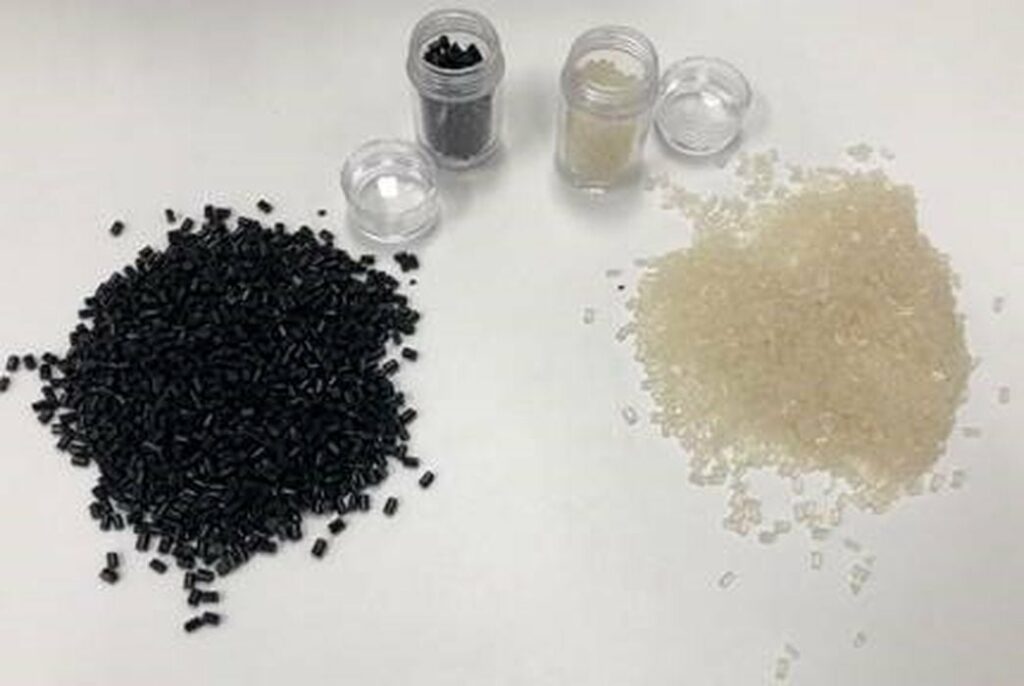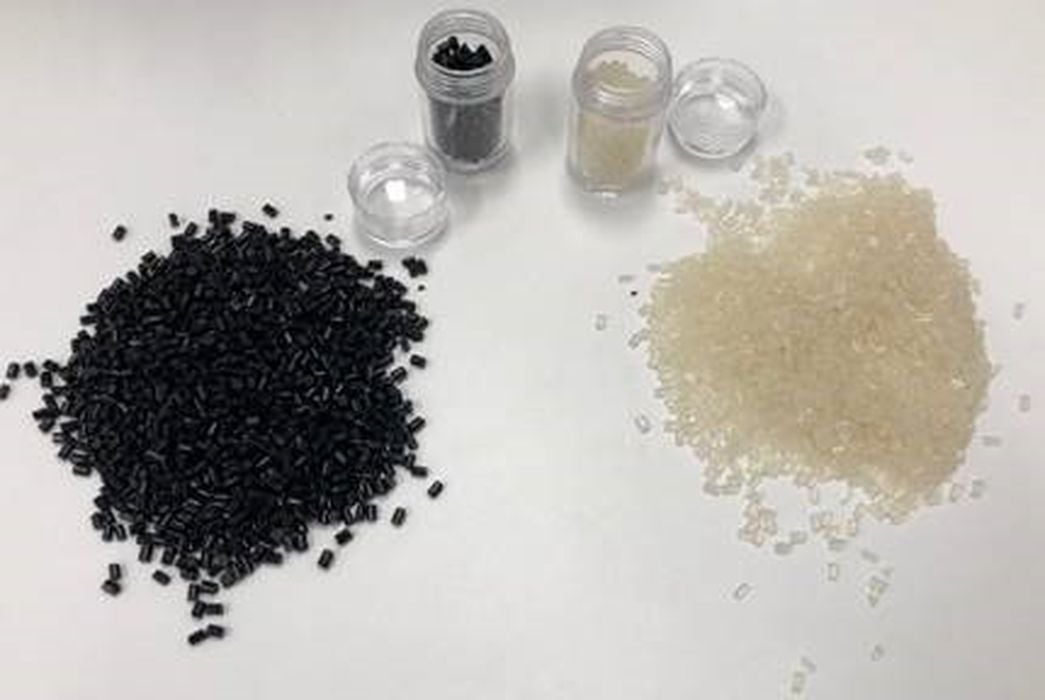
As the manufacturing world continues to evolve, additive manufacturing offers solutions to achieve sustainable manufacturing.
Manufacturing continues to be in the throws of evolution with 3D printing at the heart of it. That evolution has brought to light the vital need to move toward sustainable manufacturing and a circular economy. Along with cost benefits and reduced reliance on the supply chain, additive manufacturing (AM) addresses many issues associated with traditional manufacturing, such as energy usage, emissions and waste.
Leaders across industries are making the move toward sustainable production. One example is Stratasys, which developed its Environmental, Social and Governance (ESG) Mindful Manufacturing strategy in 2021. One year later, the company released its first Sustainability Report.
“I believe that global manufacturing is at a crossroads,” said Yoav Zeif, Stratasys CEO. “Due to growing pressure to address supply chain challenges and energy efficiency needs, 3D printing is increasingly being explored to meet such business goals. I believe that during 2022 and into the next decade, rapid growth in the adoption of manufacturing-scale 3D printing will bring additional innovation to the market, improve supply chains and reduce environmental impact.”
“As we look to build a more sustainable supply chain for the future, not only is trust top-of-mind, but so too is the reduction of climate impact,” said Bill King, cofounder and chief scientist at Fast Radius. “Transportation-related carbon emissions have huge implications on our world and our environment. However, by evolving manufacturing practices to create more parts exactly when and where they are needed, we can help drive both reliability and sustainability at scale.”
A major driving force behind the increased demand for sustainable production is consumers. A recent Deloitte survey found that throughout the COVID-19 pandemic, nearly half of consumers altered their activities or purchase behaviors to help address climate change. For manufacturers, that means redefining priorities and shifting how products are made.
“When we choose to manufacture sustainably, we choose to embrace more opportunities to reduce, reuse and recycle, also known as embracing the circular economy,” said Wayne Davey, HP Printing Solutions global head of sales and go-to-market. “This is where digital manufacturing and 3D printing shine, and more manufacturers—including 50 percent of global digital manufacturing and 3D printing decision-makers surveyed in HP’s Digital Manufacturing Trends report—are leveraging the technology because of its ability to reduce waste and promote a circular economy by minimizing the amount of materials used.”
Reusing Waste
While 3D printing produces waste, that doesn’t mean it has to go to the landfill. 3D- printer manufacturer Roboze unveiled an innovative circular economy project that aims to turn 3D material waste and parts at the end of their life cycle into something new. The project, which started in January 2022, allows customers to return that waste to Roboze to be recycled into new 3D printing materials at a lower cost.
“We are working to refine the management of the entire supply chain, at any cost and with all the necessary efforts,” said Alessio Lorusso, Roboze founder and CEO. “3D printing technology can be one of the solutions to combat CO2 emissions, reducing transport and producing just in time and on-demand.”
Other real-world applications of the reuse philosophy are constantly happening. In 2021, HP formed a partnership with Ford to turn waste into new, reliable parts. 3D-printed molds used in the dental sector are being recycled into pellets for auto parts. Along with keeping products out of landfills, the injection-molded clips being produced for Ford’s Super Duty F-250 trucks are more lightweight, cost less to produce and are more resistant to moisture and chemicals.
“The same goes for healthcare, where advanced 3D printers can reduce waste in the production cycle by optimizing the use of materials at every turn in order to create a more sustainable process overall,” Davey said. “Last year, HP announced the Arize Orthotic Solution, leveraging our leading Multi Jet Fusion 3D printing solutions and innovations in digital software and data intelligence to deliver incredibly flexible design capabilities and advanced manufacturing for personalized orthotics. Through this workflow and design optimization, clinics contribute to a more circular, sustainable, and inclusive economy.”
Materialise helped bicycle manufacturer Canyon create a more sustainable production method. As part of Bike Magazine Germany’s “Ride Green” campaign, the challenge was to create a lightweight, functional bike that was as sustainable as possible with recyclable components. Canyon turned to Materialise, which is no stranger to the bicycle manufacturing world, to produce the components. The bicycle’s fork and the frame were 3D printed with recycled aluminum powder. Although this was a prototype for a campaign, rethinking production may change how future bicycles are made.
Eco-friendly Materials
While reusing materials is a solution for waste, focusing on developing eco-friendly materials is becoming more important. Materialise recently launched its Polyamide 11 (PA11), which is a 100 percent bio-based polymer made from sustainably farmed castor beans.

“Eyewear doesn’t just need to look good; it needs to be produced in a way that reflects the brand and the consumer’s sustainability mindfulness,” said Alireza Parandian, Materialise business development director. “With 3D printing, the waste-minimizing nature of the additive process already offers clear environmental and economic benefits. Using a material like PA11 has the potential to magnify these advantages.”
3D printing eyeglasses seems to be hitting the mark on various points. Since the eyeglass industry is based on potential demand and forecasts, it results in overproduction. This means that potentially up to 30 percent of the stock goes unsold and is wasted. The ability to 3D print small batches of eyewear eliminates that issue and also makes it possible for consumers to customize the size and colors of their eyewear. Frames can be 3D printed to spec, resulting in the elimination of acetate waste created using traditional methods.
Molded fiber is also a new option, which is one solution to the plastics problem. HP’s Molded Fiber Tooling Solution is an eco-friendly and biodegradable plastic alternative. Making the switch to fiber allowed HP to eliminate 2,997 tons of hard-to-recycle expanded plastic foam from its product packaging by shipping more than 24 million units in molded fiber packaging.
While perhaps only a solution for specific industries and hobbyists, there are new materials available that are plant based or made with wood or paper. FilaSoy is a soy-based material made from seaweed. ColorFabb now has two 100 percent organic filaments. One is WoodFill, which is 70 percent PLA and 30 percent wood fiber, and the other is BambooFill, a mix of PLA and bamboo. The creation of these materials may lead to new ways to incorporate nature into durable, resilient materials for other industries in the future.
“As a process in itself, additive manufacturing represents a more sustainable means of production—it allows engineers to consider the materials used throughout the process that can have critical sustainability implications,” said King. “By arming manufacturing designers and engineers with the ability to try out new materials and iterate new designs, they can understand the potential climate implications—such as carbon impact—in a fast and efficient way, and save time, materials, and money.”
Read more at ENGINEERING.com

